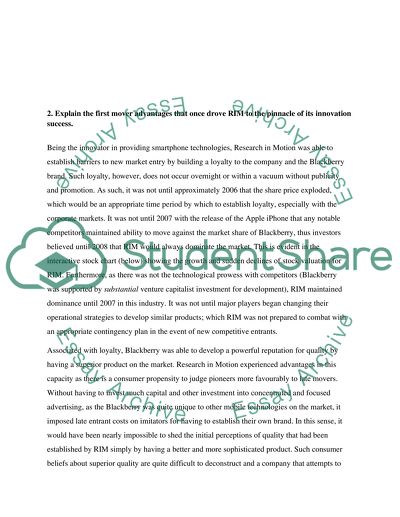Cite this document
(“Why cant pioneering innovative companies sustain their first mover Essay”, n.d.)
Retrieved from https://studentshare.org/marketing/1469695-why-cant-pioneering-innovative-companies-sustain-their-first-mover-advantages-a-case-analysis-of-research-in-motion
Retrieved from https://studentshare.org/marketing/1469695-why-cant-pioneering-innovative-companies-sustain-their-first-mover-advantages-a-case-analysis-of-research-in-motion
(Why Cant Pioneering Innovative Companies Sustain Their First Mover Essay)
https://studentshare.org/marketing/1469695-why-cant-pioneering-innovative-companies-sustain-their-first-mover-advantages-a-case-analysis-of-research-in-motion.
https://studentshare.org/marketing/1469695-why-cant-pioneering-innovative-companies-sustain-their-first-mover-advantages-a-case-analysis-of-research-in-motion.
“Why Cant Pioneering Innovative Companies Sustain Their First Mover Essay”, n.d. https://studentshare.org/marketing/1469695-why-cant-pioneering-innovative-companies-sustain-their-first-mover-advantages-a-case-analysis-of-research-in-motion.


